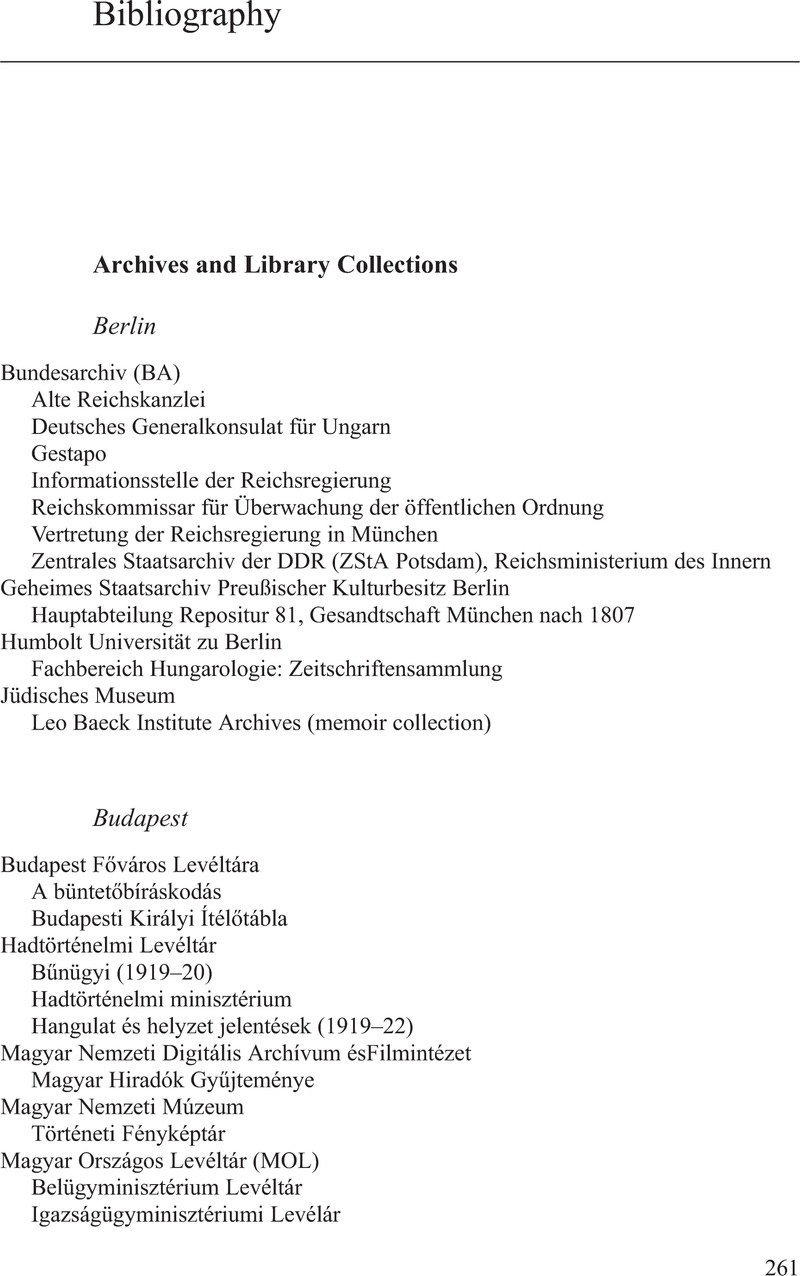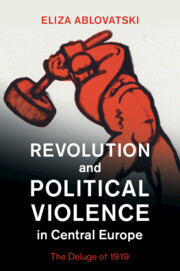Book contents
- Revolution and Political Violence in Central Europe
- Studies in the Social and Cultural History of Modern Warfare
- Revolution and Political Violence in Central Europe
- Copyright page
- Dedication
- Contents
- Tables
- Figures
- Acknowledgments
- Introduction
- 1 Central European Roots of Revolution
- 2 World War and World Revolution
- 3 Rumor and Terror
- 4 Revolution on Trial
- 5 Seeing Red
- 6 Remembering the World Revolution
- Conclusion
- Bibliography
- Index
- References
Bibliography
Published online by Cambridge University Press: 18 June 2021
- Revolution and Political Violence in Central Europe
- Studies in the Social and Cultural History of Modern Warfare
- Revolution and Political Violence in Central Europe
- Copyright page
- Dedication
- Contents
- Tables
- Figures
- Acknowledgments
- Introduction
- 1 Central European Roots of Revolution
- 2 World War and World Revolution
- 3 Rumor and Terror
- 4 Revolution on Trial
- 5 Seeing Red
- 6 Remembering the World Revolution
- Conclusion
- Bibliography
- Index
- References
Summary

- Type
- Chapter
- Information
- Revolution and Political Violence in Central EuropeThe Deluge of 1919, pp. 261 - 298Publisher: Cambridge University PressPrint publication year: 2021



